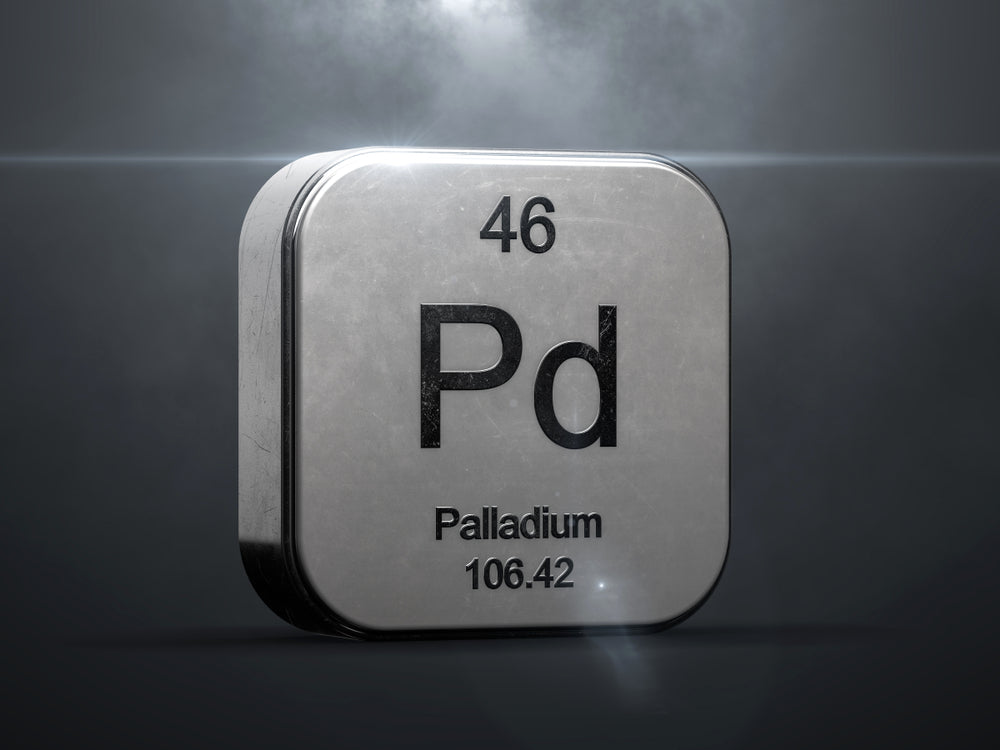
What is Palladium?
Palladium is a white/silvery precious metal that was first discovered in 1803. It is named after the asteroid Pallas, which is in turn named after the epithet of Greek Goddess Athena.
Palladium is part of the Platinum group metals, which includes platinum, rhodium and ruthenium. These metals have similar chemical properties. Palladium is found in South Africa, U.S.A, Canada and Russia.

The main use of Palladium is in catalytic converters. However, it is becoming increasingly popular in jewellery too. It has been used in jewellery since 1939, originally the use of Palladium in jewellery was to alloy with gold to create white gold, using Palladium instead of platinum.
However, in early 2004 the price of platinum rose sharply, and Palladium offered a less expensive option to platinum in the jewellery industry, China in particular created jewellery in Palladium, consuming 37 tonnes of Palladium in 2005.
It wasn't until the beginning of 2010 that Palladium was given full hallmarks here in the UK assay offices. It also became mandatory for all Palladium jewellery to feature a full UK hallmark. The UK fineness's of Palladium are: 500, 950 or 999 parts per thousand.
In early 2019, there is a high demand for Palladium in catalytic converters therefore, the current price is much higher than platinum. In jewellery specifically Palladium continues to slowly increase in popularity, particularly in wedding rings and engagement rings. Its characteristics such as, being very unreactive makes it popular with people who struggle with allergic reactions to metals such as gold or silver. Palladium is also a hard metal, similar to platinum. However, it is still a very new precious metal in the jewellery industry and so platinum is more commonly seen and more popular than Palladium.

